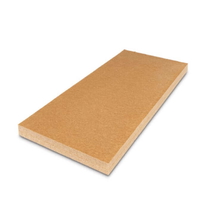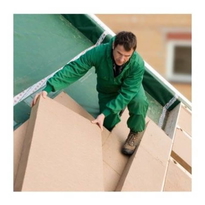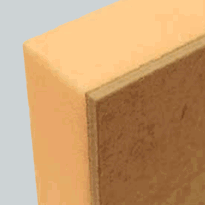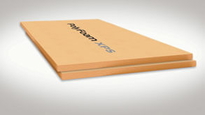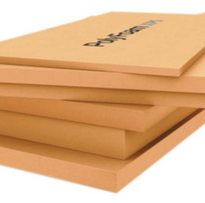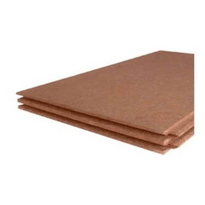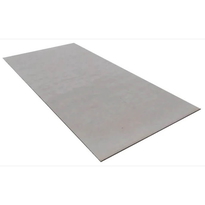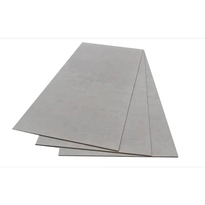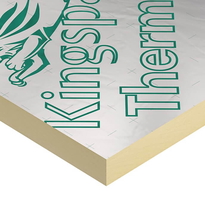Types and Materials of Roof Insulation Panels
Understanding the various types and materials of roof insulation panels is essential for selecting the appropriate solution for different building requirements. Fibreglass is commonly used as batts or rolls of insulation, offering effective thermal performance and straightforward installation. Fibreglass insulation is non-combustible and resistant to pests, making it a durable choice for long-term energy efficiency. Polyisocyanurate, or Polyiso, provides high insulation efficiency, with a high thermal resistance per unit thickness, making it suitable for spaces where cavity width is limited. Spray foam insulation is versatile, delivering excellent air sealing properties, and can be applied across a range of roof types. Expanded polystyrene (EPS) is lightweight, easy to cut, and adaptable to various site conditions, making it a popular choice for many projects. High-density extruded polystyrene (XPS), on the other hand, excels in applications requiring higher compressive strength, such as commercial roofing systems or below-ground environments. These materials offer different benefits based on thermal performance, weight, and installation requirements, allowing builders and designers to select the most suitable insulation for their specific needs.
Advantages and Challenges of Using Roof Insulation Panels
Roof insulation panels offer a range of notable advantages that can significantly enhance building performance and energy management. By effectively reducing heat transfer, these panels help maintain consistent indoor temperatures, leading to lower heating and cooling costs. They also contribute to increased comfort within the building environment.
In addition, insulation panels provide robust protection against extreme weather conditions, helping to prevent damage and improve overall building resilience. Many panels are designed to be durable, resisting damage from heavy rain, wind, and other environmental factors, and some are manufactured with fire-resistant properties, further improving safety.
However, the use of roof insulation panels also presents certain challenges that require careful consideration during selection and installation. The installation process often demands specialised tools and trained installers to ensure proper fitting and effectiveness. Initial material costs can be higher than those associated with traditional roofing options, which may impact budgeting.
Furthermore, if not correctly installed, there's a potential risk of moisture accumulation, which can affect the integrity of the insulation and the roof structure. Variations in availability, as well as concerns related to thermal expansion, add layers of complexity in their effective application within roofing systems.
Installation, Maintenance, and Environmental Impact of Roof Insulation Panels
Proper installation, ongoing maintenance, and awareness of environmental impacts are essential for ensuring the effectiveness and sustainability of roof insulation panels.
Correct installation involves inspecting panel edges for overspill, aligning panels carefully along a string line, and sealing overlaps with butyl tape to prevent air and water ingress. Fasteners should be applied with care, following the manufacturer's guidelines, to maintain stability without damaging the panels.
Regular inspections are crucial to remove debris, re-seal any leaks, and check fasteners for corrosion or loosening. This ongoing upkeep helps to sustain insulation performance and prolong the lifespan of the panels.
From an environmental perspective, these panels contribute to reducing energy consumption and greenhouse gas emissions by improving thermal resistance. Their recyclable materials and precise installation methods support sustainable construction practices.
Additionally, well-installed and well-maintained roof insulation panels can assist buildings in achieving environmentally conscious certifications such as LEED.
Conclusion
Selecting appropriate roof insulation panels requires careful consideration of materials, installation methods, and environmental impacts. Understanding their advantages, such as enhanced energy efficiency, alongside potential challenges, like moisture retention, enables informed decision-making.
Proper installation and regular maintenance are essential to ensure maximum performance and longevity of the insulation panels. Considering sustainable options can also help minimise environmental effects and promote eco-friendly building practices.
Ultimately, choosing the correct insulation panel enhances building comfort, reduces energy costs, and supports sustainable construction and renovation efforts.
